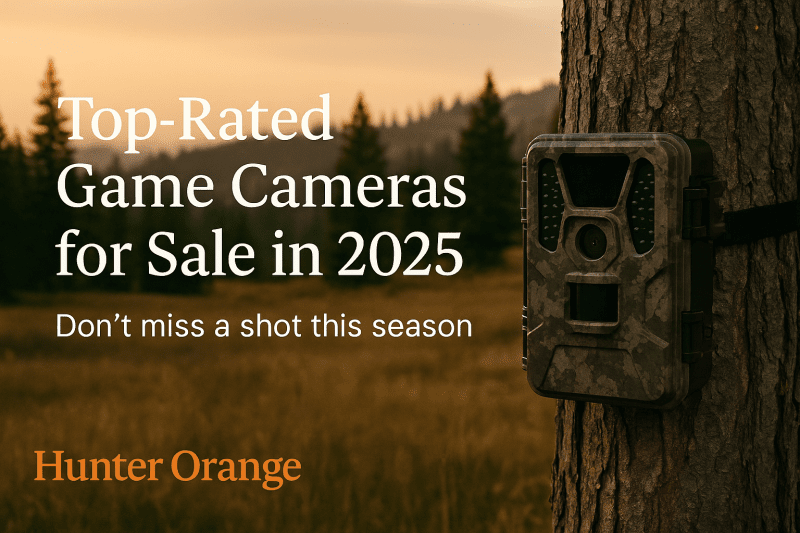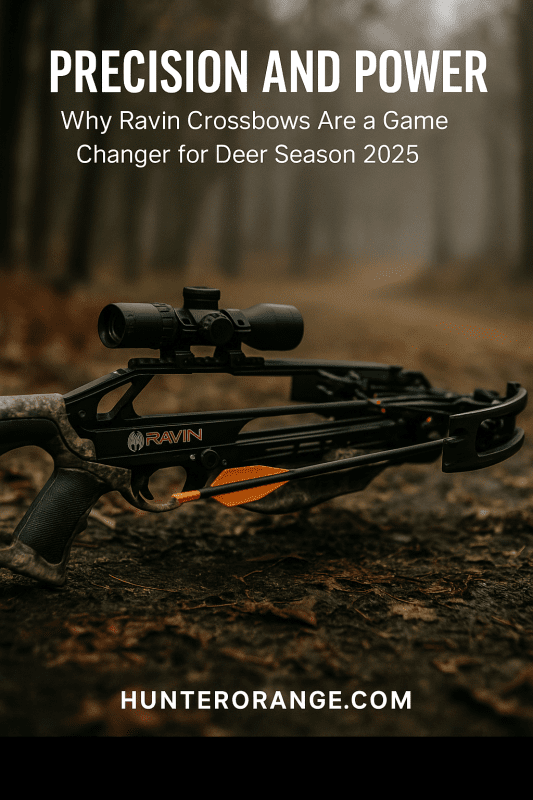When it comes to hunting, using the right game calls can make all the difference. But with so many options out there, how do you choose? Start by considering what type of game you're after. Different animals respond to different sounds, so knowing your target species is key.
Next, think about your personal comfort level with different calling techniques. If you're new to hunting, a simple whistle or grunt call might be the best way to go. These are easy to use and can be very effective. On the other hand, if you’re more experienced, you might want to explore more advanced calls, like electronic options that can replicate a variety of sounds.
Also, consider the environment you'll be hunting in. Are you in a dense forest or wide-open fields? Some calls carry better in open spaces, while others are designed for more intimate settings. Understanding your surroundings will help you pick a call that works best where you’ll be hunting.
Finally, don’t forget to read reviews and ask fellow hunters for their recommendations. Hearing about others' experiences can provide insight into what works and what doesn’t. Remember, the right game call can make your hunting trip not only more successful but also a lot more enjoyable.
Understanding Different Calling Techniques
First up, we have the mimicry technique. This is where you try to imitate the natural sounds of the animal you’re hunting. For example, if you’re calling turkeys, using a slate call or mouth call to mimic a hen can draw in curious toms. Getting the sound right is key! YouTube and guides from experienced hunters can help you nail those nuances.
Next, consider the sequence technique. This involves using a series of calls in a specific order to create a more convincing sound. For ducks, you might start with a few quacks, then progress to greeting calls and finishing with a feed call. This sequence mimics what ducks naturally do when they’re interacting, making it more likely for them to join your setup.
Don’t forget about location-based calling. Adjusting your technique based on the environment can have a big impact. For example, if you’re in a dense forest, softer calls may work better since loud calls might scare off animals. Find a balance that suits your surroundings and the species you’re after.
Lastly, practice makes perfect! Spend some time honing your skills at home or in the field. The more comfortable you are with your calls, the more confident you’ll feel when it’s game time. This familiarity can really help when you’re trying to attract game in real situations.
Tips for Effective Practice Sessions
Getting the most out of your practice sessions is essential when it comes to mastering game calls. Here are some practical tips to help you stay focused and efficient:
Remember, practice doesn’t have to be mundane. Mix it up with friends or try out new calls together. Enjoy the process, and you’ll find yourself becoming more confident and skilled in no time!
Adapting Calls to Wildlife Behavior
Understanding wildlife behavior is key to getting the most out of your game calls. Animals have different patterns depending on the season, time of day, and even the weather. By adapting your calls to match these behaviors, you can greatly improve your chances of attracting them.
For instance, during the mating season, many animals are more vocal. Using calls that mimic their mating calls can be particularly effective. Pay attention to the specific sounds that are common during this period. For example, deer may respond well to does in estrus calls, while turkeys might be intrigued by hen calls. Listening to wildlife in their natural habitat can help you understand what to replicate.
Weather can also impact wildlife behavior. Rainy days might call for louder, more aggressive sounds, since animals may be less active. On warmer, clear days, soft, subtle calls might work better as wildlife is likely to be more cautious. Always be ready to switch up your calling style based on the conditions you’re facing.
Timing plays a huge role too. Early morning and late evening are often prime times for hunting. This is when many animals are actively feeding or moving. Try to match your calls to these active periods, using them to create interest right when animals are naturally on the move.



